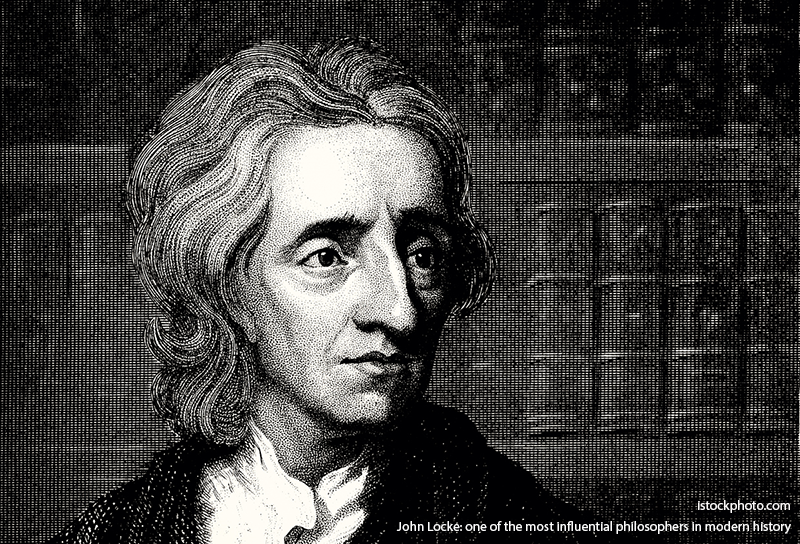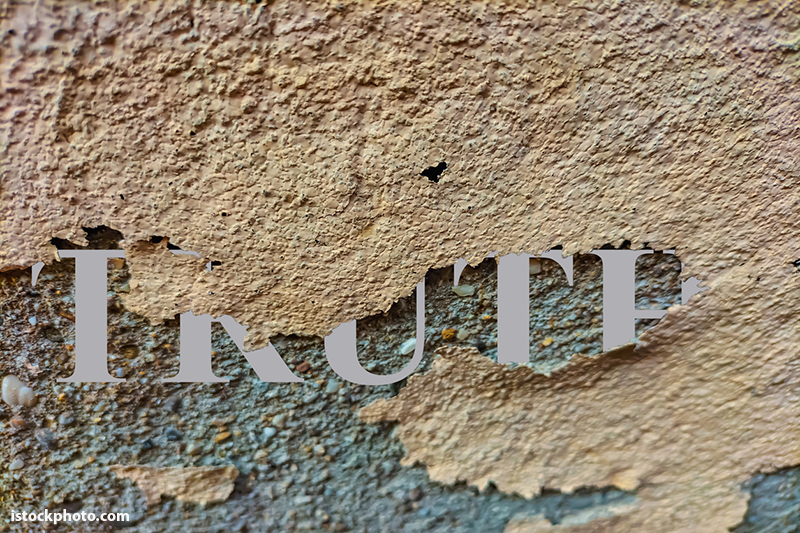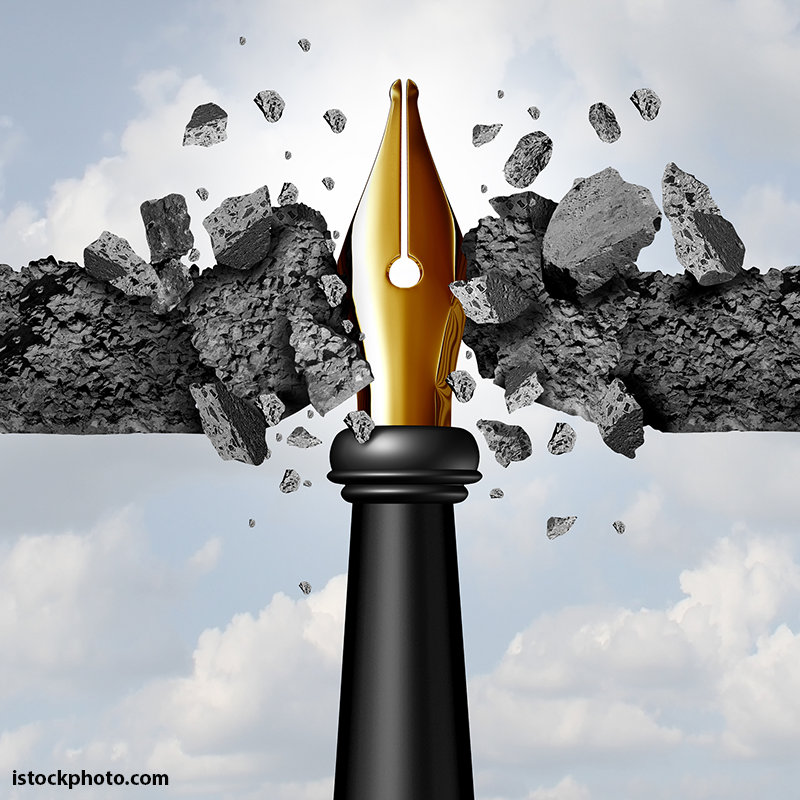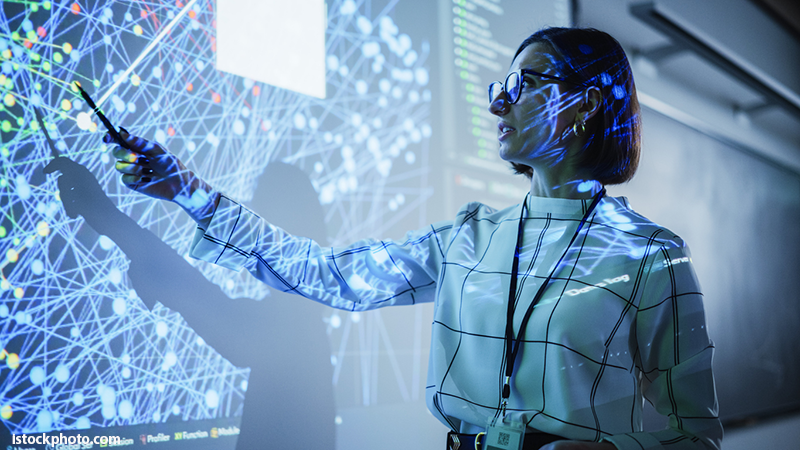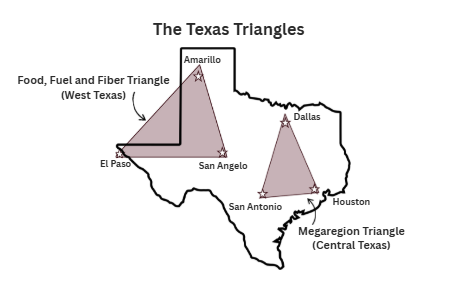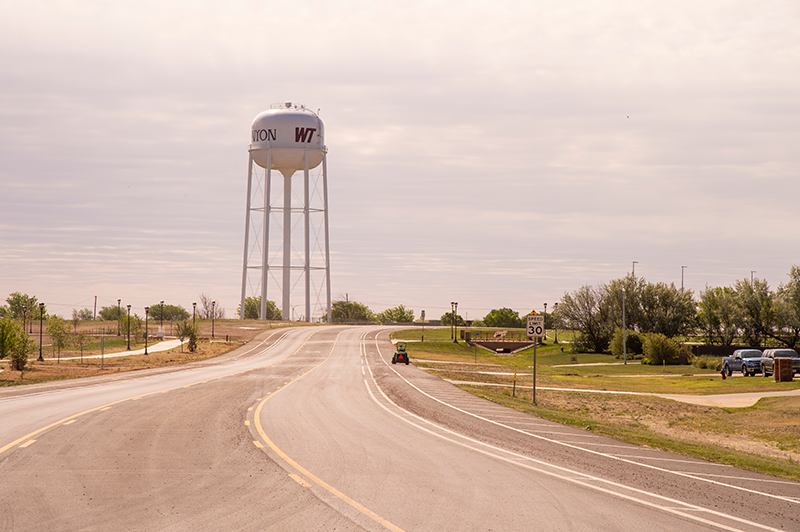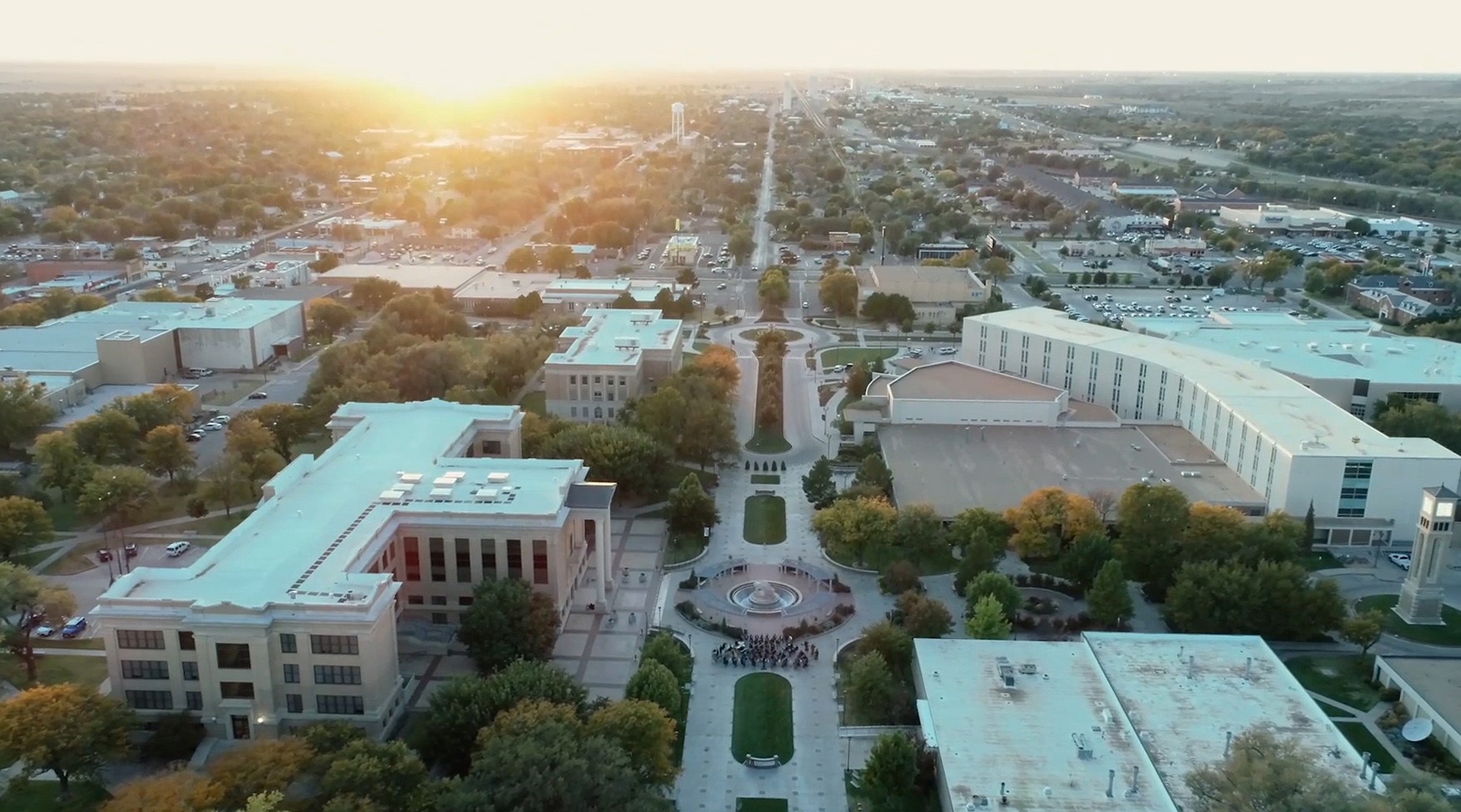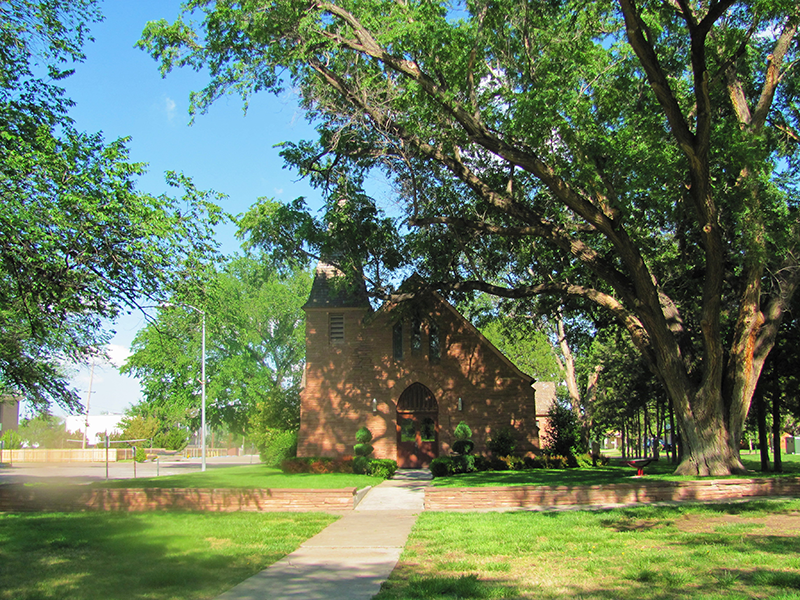
You will find on this site weekly opinion pieces that appear in newspapers in the Texas Panhandle and beyond. I began writing in 2007 and over 600 reflections are posted on this webpage. A few of them are fairly good, I will leave it to you to judge the rest. The early opinion pieces were written while on the architecture faculty at Southern Illinois University Carbondale.
The opinion pieces express ideas and views of the power of higher education and its impact on society. These are intended to comment on how universities work and the value they bring to individuals and the larger community – musings intended to cause reflective thought about our nation’s universities… Read More
Each December, as lights trace rooftops and familiar carols fill public spaces, we are invited to celebrate and reflect. Christmas, rooted in the birth of Jesus Christ, carries a message deeper than custom or nostalgia. At its center, the season is an opportunity to embody the Golden Rule: treat others as you wish to be […]
President Wendler's Media Appearances
Recent Opinion Pieces
These are the 10 most recent published opinion pieces. Want to see more? Click “View all Opinion Pieces” to browse the full archive, or use the search & filter tools to quickly locate an opinion piece or topic that interests you.
Op-Ed Series Collection
Below, you’ll find a collection of the Op-Ed series, each centered around a unique theme. Select a series to explore related opinion pieces and follow the conversation.
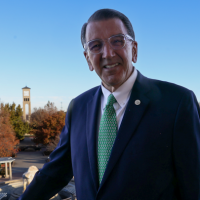
Dr. Walter Wendler
WTAMU President
AUTHOR
About the Author – Walter Wendler
Walter V. Wendler is President of West Texas A&M University and former Chancellor of Southern Illinois University Carbondale. He is also a distinguished alumni of the College of Architecture at Texas A&M University.
He was appointed to the position of President at WT in September 2016. He began his tenure as Chancellor of Southern Illinois University Carbondale on July 1, 2001 and completed his contract in 2007, and returned to teaching Architecture.
Walter V. Wendler is President of West Texas A&M University and former Chancellor of Southern Illinois University Carbondale. He is also a distinguished alumni of the College of Architecture at Texas A&M University.
He was appointed to the position of President at WT in September 2016. He began his tenure as Chancellor of Southern Illinois University Carbondale on July 1, 2001 and completed his contract in 2007, and returned to teaching Architecture…………
Walter V. Wendler’s E-Books
President Walter V. Wendler’s e-books are a vital part of his outreach to current and future students. The books, which collect some of Wendler’s most impactful essays, detail what students should look for in a college, offer insights on community colleges and impart lessons on fiscal responsibility. More essays may be found at walterwendler.com.
List of E-Books
-
Regional Universities Matter
By Walter V. Wendler, President -
The Hill Institute
By Walter V. Wendler, President -
Merit
By Walter V. Wendler, WT President -
Thoughts from a Conservative Outpost
By Walter V. Wendler, WT President -
A Culture of Engagement
By Walter V. Wendler, WT President -
Considering College
By Reflections from West Texas A&M University President Walter V. Wendler with a Foreword by John Sharp, The Texas A&M University System Chancellor -
Community Colleges: West Texas A&M University’s Partners for the Future
By Walter V. Wendler, WT President -
Student Debt
By Walter V. Wendler, WT President -
Intercollegiate Athletics
By Walter V. Wendler, WT President Michael McBroom, Director of Intercollegiate Athletics -
Philanthropy in Higher Education
By Walter V. Wendler, WT President Todd W. Rasberry, Ph.D., Vice President for Philanthropy and External Relations and Executive Director of the WTAMU Foundation -
Student Life
By Walter V. Wendler, WT President Mike Knox, Vice President for Student Enrollment, Engagement and Success

President Wendler Christmas Greetings
2024 The Light of Christmas
2023 Panhandle Values
2022 Celebrating the Sound of West Texas Buffalo Marching Band
2021 On, On Buffaloes
2020 It’s Time for a Change
2019 Season of Change
2018 A Couple, Christmas and Kimbrough
2017 A Special Christmas Story
2016 The Joseph A. Hill Memorial Chapel
Subscribe to Reflections from WT
Sign Up for Dr. Wendler’s Op-eds by E-mail



